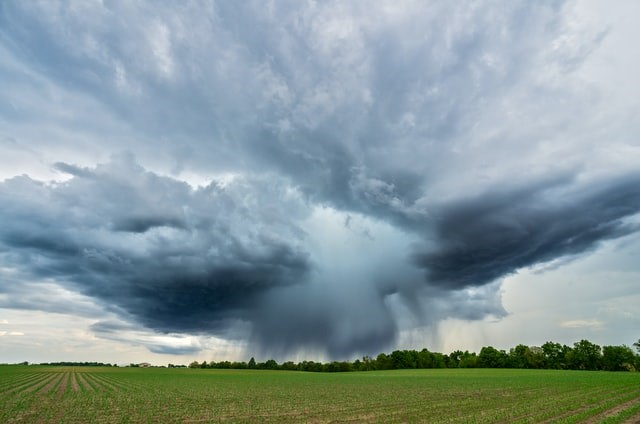Learning convective and stratiform cloud interactions from years of observations
Submitter
Fast, Jerome D — Pacific Northwest National Laboratory
Area of research
Cloud Processes
Journal Reference
Science
Tropical convective clouds are the heat engine that drives the general circulation of the Earth. Two key types of clouds—convective and stratiform clouds—play a distinctive role in driving the circulation. However, current models of general circulation do not represent interactions between these clouds, resulting in errors in modeled rainfall and atmospheric circulation. Now a new cloud population model, developed by scientists at the U.S. Department of Energy using machine learning and 15 years of radar observations in Darwin, Australia, can recreate these interactions.
Impact
Traditional descriptions of how convection processes and the environment interact assume that the environment, slowly varying on a large scale, is in statistical equilibrium with many small and short‐lived convective clouds. These descriptions fail to capture the observation of non‐equilibrium transitions such as the daily rainfall cycle, precipitation extremes, and the formation of thunderstorm clusters called mesoscale convective systems. This work combines theory, machine learning, analysis of radar observations, and a cloud‐permitting model simulation to develop a new cloud population dynamics model that characterizes the interactions between convective and stratiform clouds.
Summary
A newly developed probabilistic cloud population model for convective and stratiform clouds paves the way to developing parameterizations of those clouds in high-resolution regional and global climate models. Machine learning applied on precipitation radar observations is used to derive transition functions that represent interactions between convective cells and stratiform area and evolution of the cloud population. The model shows that interactions with a layer of stratiform clouds limits the variability in the size and number of puffy convective storm clouds, while the size distribution of the convective cells also influences the size of stratiform cloud area. Specifically, for the same total convective area, the presence of many small convective cells is more favorable for the formation of stratiform clouds than fewer larger convective cells. Those interactions coupled with the sensitivity of the change in convective mass to cell size lead the model’s representation of mesoscale convective systems. Results from this study are being incorporated in a new model parameterization.


